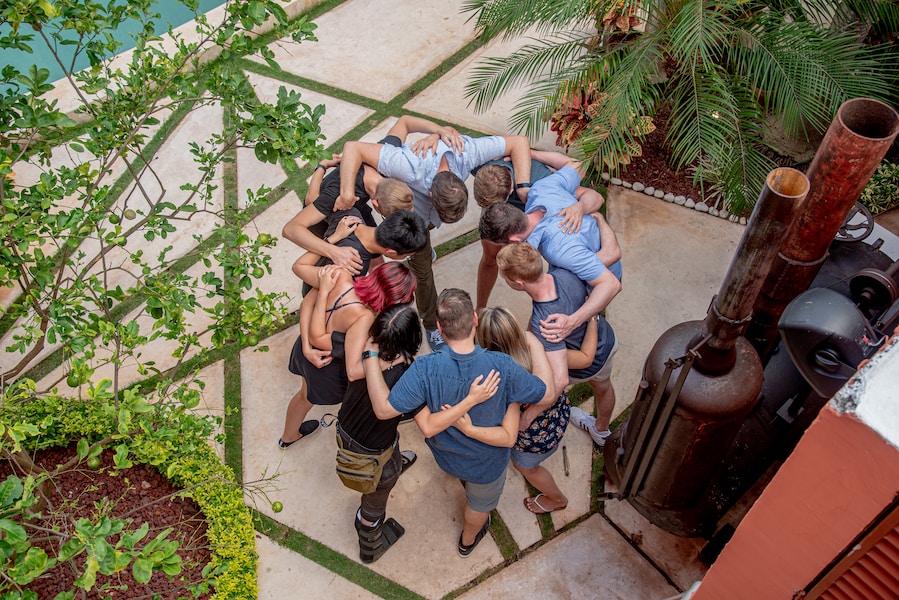Introduction: The Significance of a Flexible and Responsive Team
In today’s dynamic business landscape, the ability to adapt and respond quickly to change is a crucial competitive advantage. Building an agile team—one that is flexible, responsive, and aligned with your company’s goals—is essential for achieving sustained growth. In this blog post, we will explore the importance of company culture, hiring strategies for startups, and retaining top talent as key elements in building an agile team.
The Importance of Company Culture
Creating a Positive Work Environment
Company culture is the foundation upon which agile teams are built. A positive work environment that fosters collaboration, creativity, and open communication is vital. Encourage team members to share ideas, take calculated risks, and learn from both successes and failures. A culture that promotes continuous improvement and supports innovation will enable your team to adapt to changing circumstances more effectively.
Aligning Values and Objectives
A cohesive company culture aligns the values and objectives of your team with those of your organization. When everyone is on the same page regarding the company’s mission and vision, it becomes easier to make decisions that advance the overall goals. An aligned culture provides a framework for decision-making and empowers team members to make choices that are in line with the company’s strategic direction.
Hiring Strategies for Startups
Effective hiring strategies are essential for building an agile team. Consider these approaches:
- Cultural Fit: Look for candidates who not only have the necessary skills but also align with your company culture and values.
- Adaptability: Prioritize candidates who have demonstrated adaptability in their previous roles, as they are more likely to thrive in a dynamic startup environment.
- Diverse Skill Sets: Seek team members with diverse skill sets to ensure your team has a wide range of capabilities to address various challenges.
- Behavioral Interviews: Use behavioral interviews to assess how candidates have responded to specific situations in the past, providing insights into their problem-solving and adaptability.
Retaining Top Talent: Benefits and Incentives
Retaining top talent is as critical as hiring the right people. Consider implementing the following benefits and incentives to keep your agile team motivated and engaged:
- Professional Development: Offer opportunities for skill development, training, and career growth. Invest in your team’s ongoing education to keep them at the forefront of industry trends.
- Recognition and Rewards: Acknowledge and reward outstanding performance to show your team that their efforts are valued and appreciated.
- Flexibility: Provide flexible work arrangements, when possible, to accommodate work-life balance and individual needs.
- Clear Career Paths: Establish clear career paths within your organization so team members can see a future with your company.
Conclusion: Crafting a Team for Sustained Growth
Building an agile team is a multifaceted endeavor that begins with cultivating a positive company culture, extends to strategic hiring, and hinges on retaining top talent. An agile team is not just responsive to change but proactive in driving innovation and growth.
By nurturing a culture that values adaptability, aligns with company objectives, and fosters collaboration, you can create a team that thrives in dynamic environments. With the right hiring strategies and incentives, you’ll be well on your way to crafting an agile team that propels your startup to sustained growth and success.
